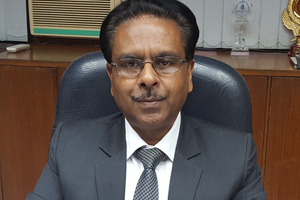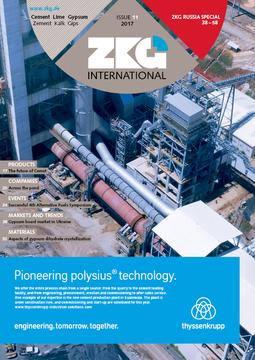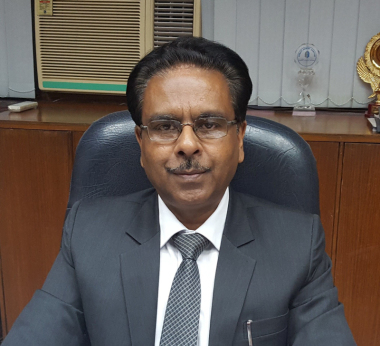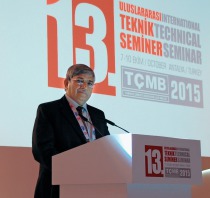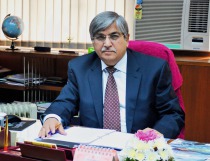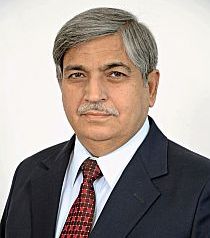The Indian cement industry
The Indian cement industry, currently in its 104th year of existence, has a 7 % share in global cement production. With over 425 million t/a capacity and about 280 million t/a production, it is the second largest in the world. Technologically, the cement plants in India are comparable with the best in the world. The industry has focused on modernization and technology up-gradation programmes, including measures to deal with the negative impact of industrial, agricultural and municipal wastes on environment and human health by utilizing these wastes optimally in cement manufacture.
The optimization measures taken by the industry over the last two decades have led to considerable gains in energy conservation and environmental improvement. The best performing plants have reported 675 kcal/kg clinker thermal energy consumption and 73 kWh/t cement (OPC) electrical energy consumption. CO2 emissions are down to the level of 0.719 t of CO2/t cement. The Low Carbon Technology Roadmap for the Indian Cement Industry prepared under the aegis of the Cement Sustainability Initiative (CSI) of the World Business Council on Sustainable Development (WBCSD) predicts that CO2 emissions would reduce to 0.58 t CO2/ t of cement by 2020 and 0.35 t CO2/t of cement by 2050 in the Indian cement industry.
The initiatives adopted by the Indian cement industry towards utilization of secondary materials are evident from the fact that production of blended cements is as high as 72 % (Portland pozzolana cement at about 65 % and Portland slag cement at about 7 %). Furthermore, about 200 MW of power is being co-generated through waste heat recovery. However, more than 60 % of the total potential of Waste Heat Recovery (WHR) is yet to be harnessed. The use of alternative fuels and raw materials is top on the Indian cement industry’s technological radar. The present thermal substitution rate in the Indian cement sector is around 4 %, which being far below the global benchmark, indicates the potential area for further development. To achieve higher thermal substitution rates, various policy and regulatory frameworks along with technical and financial issues are being developed and rationalized.
The NCB International Seminars on Cement and Building materials, held once in two years have always received overwhelming response. Over 1000 delegates and about 90 exhibitors participated in the 14th NCB Seminar in December 2015, which included participation from Austria, Canada, Denmark, France, Germany, Italy, Japan, Netherlands, Oman, Sweden, Switzerland, Turkey, USA etc. 195 papers were presented in 25 technical sessions. The 15th NCB seminar is going to be organized from 05.12.-08.12.2017 at the Manekshaw Centre, New Delhi. This upcoming NCB International Seminar promises to be an excellent interactive platform for technologists, engineers, scientists, research organizations, plant and machinery suppliers and other stakeholders from India and abroad.
Director General (Actg.) // National Council for Cement and Building Materials

